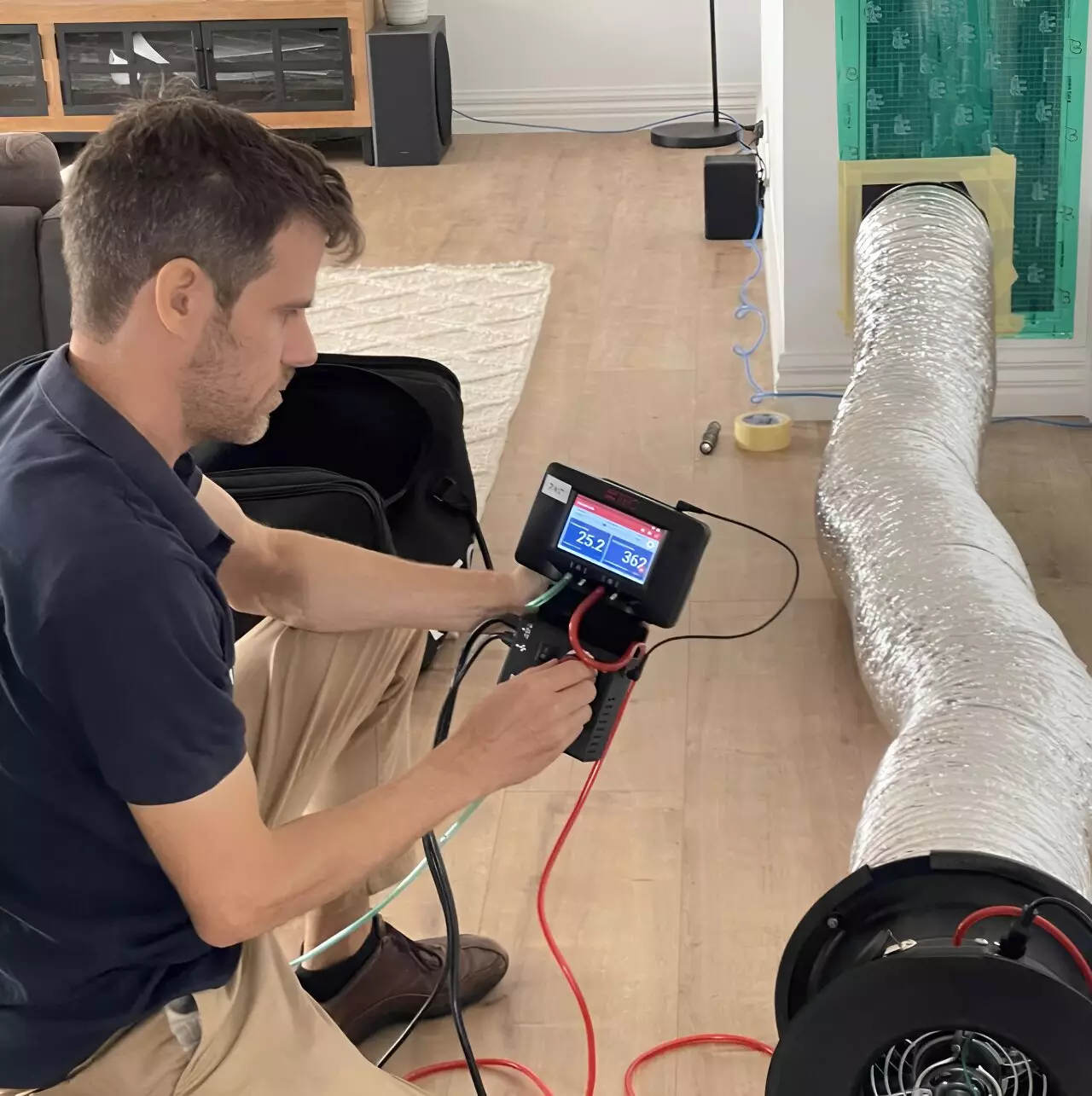New research from CSIRO, Australia’s national science agency, has revealed that Australian homes are becoming increasingly airtight. This is a positive development for homeowners, as improved air tightness levels can lead to more comfortable living conditions, lower energy bills, and better indoor air quality. By minimizing unintended air movements, air tightness prevents outdoor air from entering and indoor air from escaping, which can help reduce drafts and save up to 20% on energy bills.
However, it is essential to strike a balance when it comes to air tightness in homes. While excessive air leakage can lead to energy inefficiency and discomfort, homes that are too airtight without proper ventilation can suffer from issues such as condensation, mold growth, and poor indoor air quality. Residents may experience health problems like headaches and nausea due to elevated levels of carbon dioxide and monoxide.
In a study conducted by CSIRO, 233 recently built homes in major Australian cities were tested for air tightness levels. Leaks were detected in most homes, with common areas of leakage being bathroom fans, sliding doors, and inadequate door seals. Some apartments were found to be excessively airtight, highlighting the importance of controlled ventilation to maintain indoor air quality and building performance. While the results were generally positive compared to international standards, there is still room for improvement in ensuring optimal air tightness in Australian homes.
The research report provided several recommendations to enhance air tightness in Australian homes, including the establishment of air tightness standards in the National Construction Code (NCC), mandatory controlled ventilation in new buildings, the use of air barriers like building wraps, and the provision of training and resources for builders. By implementing these measures, homeowners can address common air tightness issues and improve overall building performance.
The study also found that the actual air tightness levels in the tested homes closely matched the values assumed by the Nationwide House Energy Rating Scheme (NatHERS). This indicates that NatHERS can accurately predict air tightness within specified levels, providing valuable insight for homeowners and builders. Displaying air tightness values on NatHERS certificates and linking them to energy efficiency star ratings can help raise awareness about the importance of air tightness in residential buildings.
Improving air tightness in Australian homes is crucial for enhancing indoor comfort, reducing energy consumption, and promoting better indoor air quality. By addressing common leakage areas, implementing controlled ventilation, and following recommended building practices, homeowners can create healthier and more energy-efficient living spaces. It is essential for builders, policymakers, and residents to work together to prioritize air tightness and ensure that new homes meet optimal standards for sustainable living.



Leave a Reply